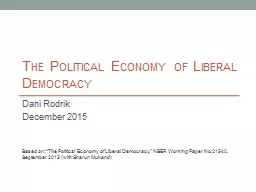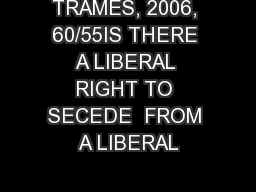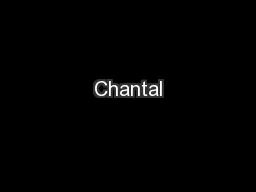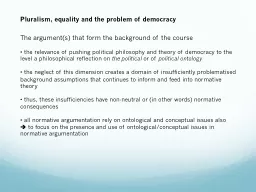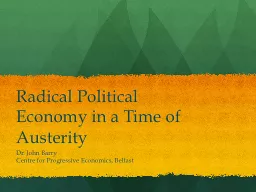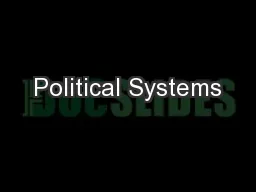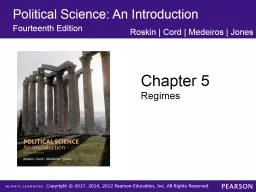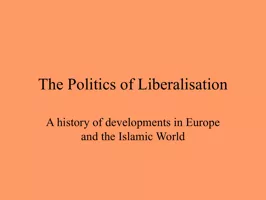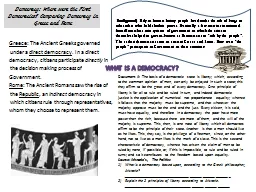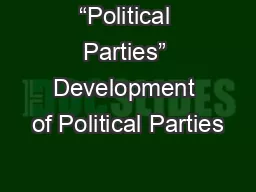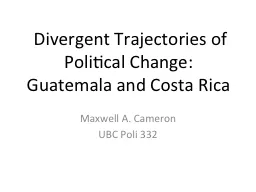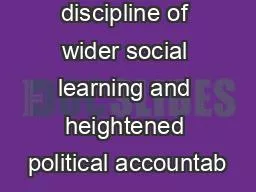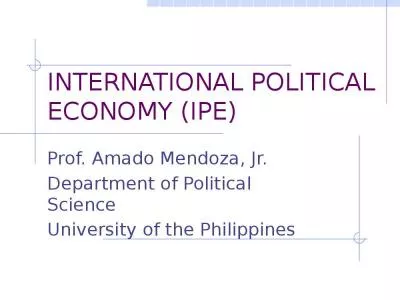PPT-The Political Economy of Liberal Democracy
Author : tawny-fly | Published Date : 2016-11-03
Dani Rodrik December 2015 Based on The Political Economy of Liberal Democracy NBER Working Paper No 21540 September 2015 with Sharun Mukand Democracy has won but
Presentation Embed Code
Download Presentation
Download Presentation The PPT/PDF document "The Political Economy of Liberal Democra..." is the property of its rightful owner. Permission is granted to download and print the materials on this website for personal, non-commercial use only, and to display it on your personal computer provided you do not modify the materials and that you retain all copyright notices contained in the materials. By downloading content from our website, you accept the terms of this agreement.
The Political Economy of Liberal Democracy: Transcript
Download Rules Of Document
"The Political Economy of Liberal Democracy"The content belongs to its owner. You may download and print it for personal use, without modification, and keep all copyright notices. By downloading, you agree to these terms.
Related Documents

